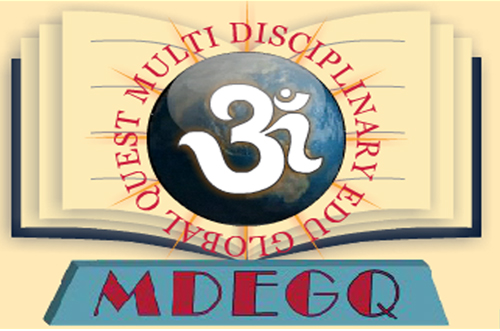QUICK ASSESSMENT OF GROUND WATER BY ELECTRICAL RESISTIVITY SURVEY
Next to air and food, the other most important requirement for existence of mankind is water. Rapid growth in population and industrial development has made it difficult to survive on existing limited water resources. The complex geological formations have made it difficult to locate the large quantities of quality water resources. The surface water level is rapidly depleting and thus has made us rely more and more on ground water sources. DOWSING is the oldest method that is used to locate the ground water resources. However advancement in science and technology has resulted in development of new accurate and more reliable methods namely: Surface methods and Sub-surface methods.
Surface investigation method is used to investigate ground water from the earth surface. Of all the surface investigation techniques Electrical Resistivity Method is the most economical, versatile, reliable and time effective technique.
Ground water and its location, movement, quality and quantitative data can be obtained using the sub-surface investigation method. Deficiency in the knowledge of water table results in poor water distribution across the rural areas. This problem can however be effectively solved using the Surface investigation method-Electrical resistivity method. Since this method is very important in Civil Engineering to determinate the ground water table and soil profile an effort has been made by the author in his experimental work at various locations in Coastal area at Dumas region in Surat District as published in this paper.
